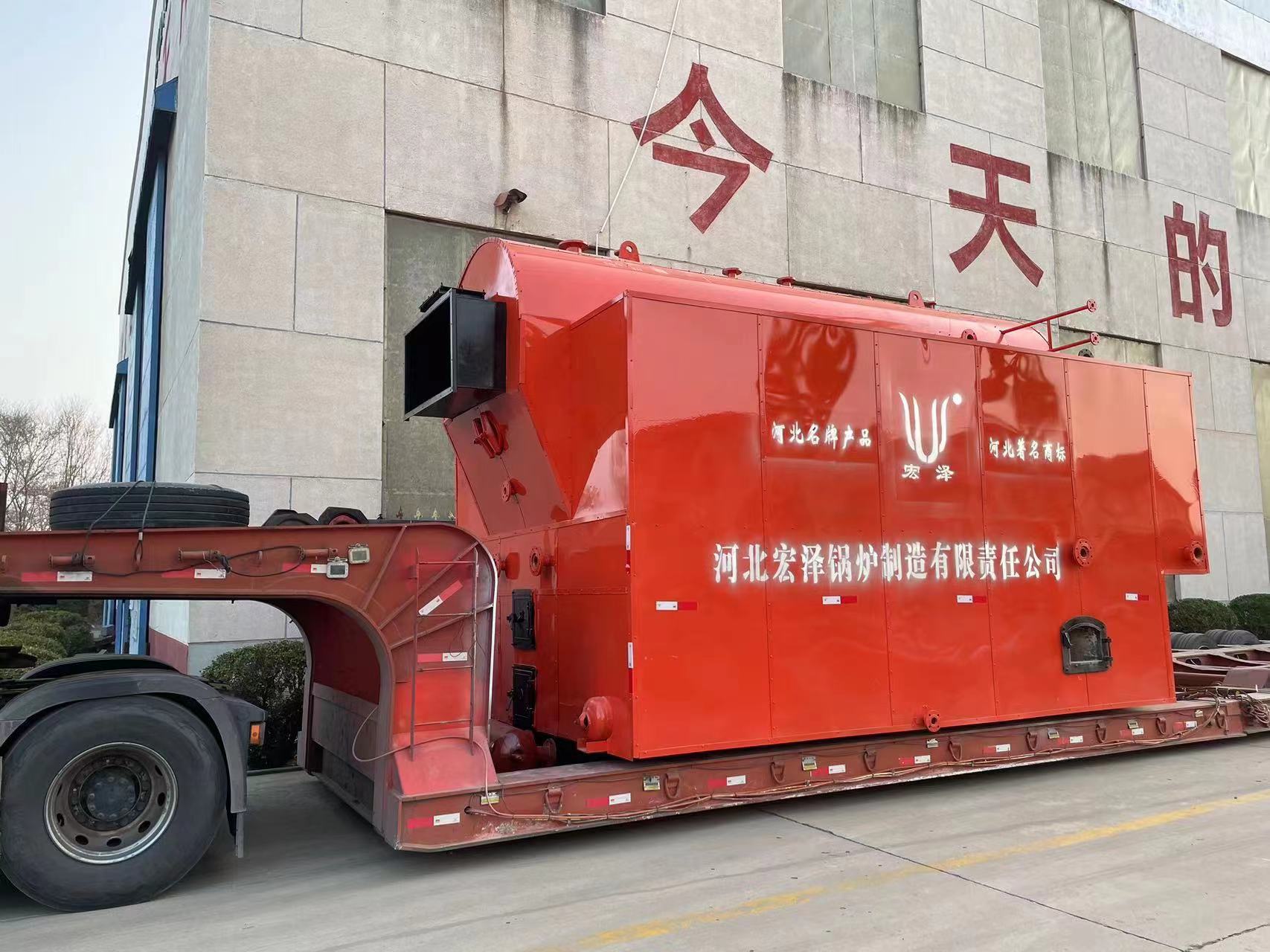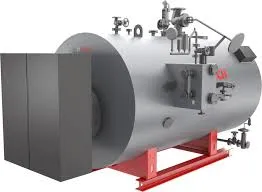
Jan . 14, 2025 13:00 Back to list
oil fired hot water boiler
Hot water boilers have become an essential component of residential and commercial heating systems, offering an efficient solution for maintaining a comfortable indoor environment. Understanding the intricate diagram of a hot water boiler can significantly enhance one’s ability to troubleshoot and optimize their heating system.
A key to maintaining trust and longevity in boiler operation lies in regular maintenance and system checks. Routine inspections by qualified technicians ensure all components are functioning optimally, with any potential issues being identified and addressed before escalating into significant problems. This proactive approach not only extends the life of the boiler system but also reinforces the safety of those within the amenity. Expertise in understanding a hot water boiler diagram can elevate your authority when dealing with heating systems, whether you are a homeowner, property manager, or a technician. Being able to interpret and analyze these diagrams enhances the ability to diagnose issues, perform efficient maintenance, and recommend appropriate system optimizations or upgrades. In today’s eco-conscious world, selecting an energy-efficient hot water boiler model is crucial. Modern advancements in boiler technology have led to the development of highly efficient systems that not only reduce energy consumption but also minimize the carbon footprint. Choosing an appropriate model can considerably impact utility costs and environmental sustainability. In conclusion, a comprehensive understanding of a hot water boiler diagram equips individuals with the expertise necessary to manage and optimize their heating systems effectively. Embracing regular maintenance, gaining familiarity with system components, and choosing sustainable models contribute to enhanced system performance, safety, and longevity. With informed decisions, homeowners and industry professionals alike can ensure their hot water boiler systems operate efficiently, offering warmth and comfort when needed the most.


A key to maintaining trust and longevity in boiler operation lies in regular maintenance and system checks. Routine inspections by qualified technicians ensure all components are functioning optimally, with any potential issues being identified and addressed before escalating into significant problems. This proactive approach not only extends the life of the boiler system but also reinforces the safety of those within the amenity. Expertise in understanding a hot water boiler diagram can elevate your authority when dealing with heating systems, whether you are a homeowner, property manager, or a technician. Being able to interpret and analyze these diagrams enhances the ability to diagnose issues, perform efficient maintenance, and recommend appropriate system optimizations or upgrades. In today’s eco-conscious world, selecting an energy-efficient hot water boiler model is crucial. Modern advancements in boiler technology have led to the development of highly efficient systems that not only reduce energy consumption but also minimize the carbon footprint. Choosing an appropriate model can considerably impact utility costs and environmental sustainability. In conclusion, a comprehensive understanding of a hot water boiler diagram equips individuals with the expertise necessary to manage and optimize their heating systems effectively. Embracing regular maintenance, gaining familiarity with system components, and choosing sustainable models contribute to enhanced system performance, safety, and longevity. With informed decisions, homeowners and industry professionals alike can ensure their hot water boiler systems operate efficiently, offering warmth and comfort when needed the most.
Share
Latest News
-
High-Efficiency Commercial Oil Fired Steam Boiler for Industry
NewsJul.30,2025
-
High-Efficiency Biomass Fired Thermal Oil Boiler Solutions
NewsJul.30,2025
-
High Efficiency Gas Fired Thermal Oil Boiler for Industrial Heating
NewsJul.29,2025
-
High-Efficiency Gas Fired Hot Water Boiler for Sale – Reliable & Affordable
NewsJul.29,2025
-
High Efficiency Biomass Fired Hot Water Boiler for Industrial and Commercial Use
NewsJul.29,2025
-
High-Efficiency Biomass Fired Hot Water Boiler for Industrial Use
NewsJul.28,2025
Related PRODUCTS
Copyright © 2025 HEBEI HONGZE BOILER MANUFACTURING CO., LTD. All Rights Reserved. Sitemap | Privacy Policy






















